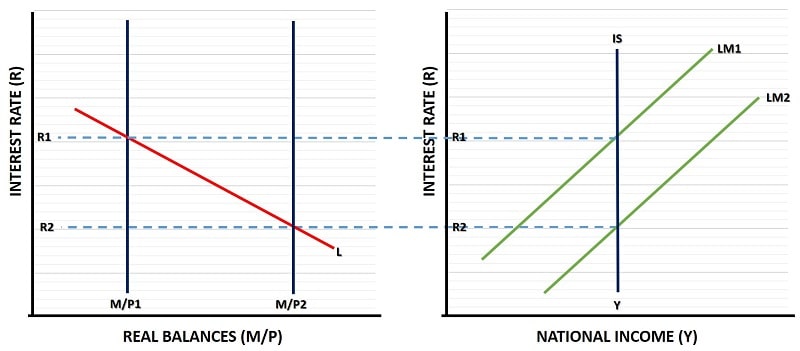Money is not just a medium of exchange; it plays a more profound role in the economy by influencing wealth and consumer spending. The concept of “real-balance effects” delves into the relationship between the quantity of money in the economy and the perceived wealth of individuals. This relationship has far-reaching implications for economic policies and consumer behavior.
Understanding Real-Balance Effects
Real-balance effects are rooted in the idea that individuals and households do not just consider their income and assets when making consumption decisions but also take into account the real value of their money holdings. In other words, the purchasing power of money affects how people perceive their wealth.
The key premise is that when prices rise (inflation), the real value of money decreases. Conversely, when prices fall (deflation), the real value of money increases. This change in the real value of money influences consumer behavior and, consequently, the overall health of the economy.
Money as Wealth
To understand the concept of money as wealth, consider a simplified example: suppose you have $1,000 in your savings account. If the general price level is stable, your money has a fixed real value. In other words, it represents a certain amount of purchasing power, allowing you to buy a specific basket of goods and services.
Now, if the economy experiences inflation, prices rise, and the real value of your $1,000 decreases. As a result, you may feel less wealthy because your money can now buy fewer goods and services than before. This perception of reduced wealth can lead to changes in your consumption behavior.
On the other hand, during a period of deflation when prices are falling, the real value of your money increases. You may feel wealthier because your money can purchase more goods and services. This perception may lead to increased consumer spending.
The Impact on Consumer Spending
Real-balance effects have a direct impact on consumer spending patterns. When individuals feel wealthier due to an increase in the real value of their money, they tend to spend more. On the flip side, when they feel less wealthy due to a decrease in the real value of money caused by inflation, they may reduce their spending.
These changes in consumer spending can have significant macroeconomic implications. When households collectively increase their spending, it can boost economic activity, leading to economic growth. Conversely, if consumers reduce their spending due to a decrease in the real value of money, it can lead to a decrease in overall demand, potentially causing economic slowdowns or recessions.
Policy Implications
Understanding real-balance effects is vital for monetary policymakers and central banks. They need to consider how changes in the money supply, interest rates, and inflation can influence consumer spending and, consequently, the overall health of the economy.
Inflation targeting is one of the tools central banks use to manage real-balance effects. By setting an inflation target, central banks aim to keep the rate of price increase stable. This stability in prices can help individuals maintain a consistent perception of their wealth, reducing the uncertainty that can arise from fluctuating inflation rates.
Conclusion
Money is more than just a medium of exchange; it is a crucial component of an individual’s wealth perception. Real-balance effects illustrate the intricate relationship between the quantity of money in the economy and consumer spending behaviors. Understanding these effects is vital for economists, policymakers, and individuals alike, as they have far-reaching consequences for economic stability and prosperity. It’s a reminder that money’s value goes beyond the number printed on the bills; it’s about the real purchasing power it represents.

